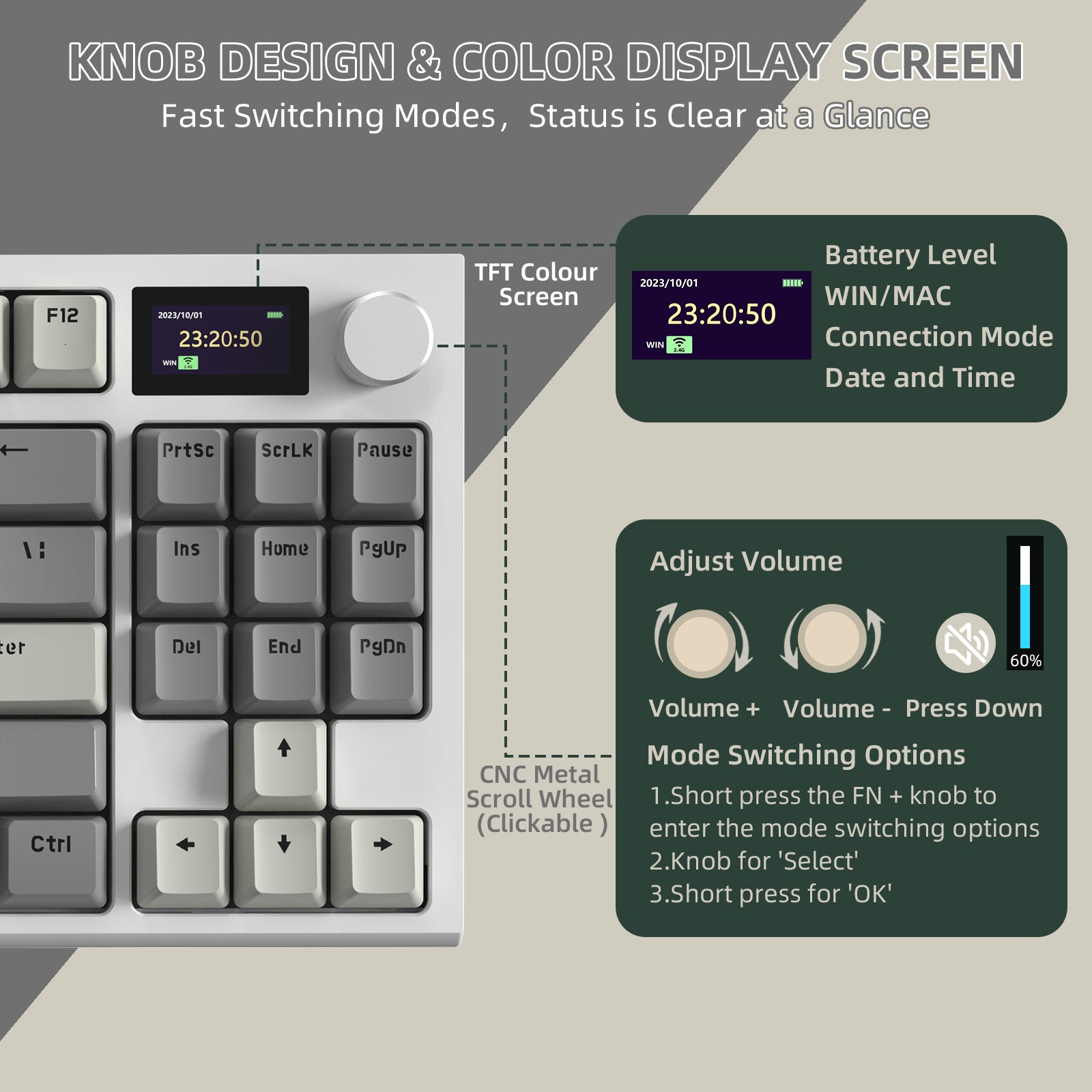Unlock the Secret World of Mechanical Keyboards: Experience the Ultimate Typing Revolution!
In recent years, mechanical keyboards have surged in popularity, captivating the hearts of typists, gamers, and professionals alike. Unlike traditional keyboards, which often utilize a membrane system, mechanical keyboards feature individual mechanical switches for each key. This design not only enhances the typing experience but also provides a level of customization that appeals to a broad audience. As someone who has spent countless hours typing and gaming, I can attest to the transformative experience of using a mechanical keyboard. In this article, we will delve deeper into the features and benefits of mechanical keyboards, exploring what sets them apart from their counterparts and why they have become the go-to choice for many.

Understanding Mechanical Keyboards
At their core, mechanical keyboards operate on a simple principle: each key is equipped with a mechanical switch that registers a keystroke when pressed. These switches come in various types, including tactile, linear, and clicky, each offering a distinct feel and sound. This contrasts sharply with membrane keyboards, where multiple keys share a single rubber dome beneath the surface. The individual switches in mechanical keyboards provide a more responsive and satisfying typing experience, allowing for greater precision and speed. I remember a friend who transitioned from a membrane keyboard to a mechanical one, and she remarked that she felt like she had discovered a new world of typing. The satisfying 'click' of the keys and the immediate feedback made her typing sessions more enjoyable and productive.
Features of Mechanical Keyboards
Mechanical keyboards boast a plethora of features that enhance their functionality and user experience. One of the standout features is the variety of switch types. Each switch has its own unique characteristics, such as resistance and actuation point, which can cater to different preferences and typing styles. Additionally, the keycap materials, often made from durable plastics like ABS or PBT, contribute to the keyboard's longevity and feel. Customizable RGB lighting is another exciting feature found in many mechanical keyboards. This not only allows users to personalize their setup but can also enhance the aesthetic of a gaming or office environment. Lastly, mechanical keyboards are typically built with higher-quality materials, ensuring a sturdier construction compared to their membrane counterparts. This combination of features makes mechanical keyboards not just tools for typing but also a statement piece on any desk.
Benefits of Using Mechanical Keyboards
The benefits of mechanical keyboards are numerous and well-documented. First and foremost, they improve typing speed and accuracy. The tactile feedback provided by many switch types allows users to feel when a key has been actuated, reducing the chances of mistyping. This can be particularly beneficial for professionals who rely on fast and accurate typing for their work. Furthermore, the durability of mechanical keyboards is unmatched; most switches are rated for tens of millions of keystrokes, making them a long-term investment. Customization options, such as programmable keys and macros, enable users to tailor their keyboards to their specific needs, enhancing productivity for gamers and professionals alike. A friend of mine, an avid gamer, swears by their mechanical keyboard for its rapid response time during intense gaming sessions, noting how it has given him a competitive edge.
How Mechanical Keyboards Differ from Other Keyboards
When comparing mechanical keyboards to other types, such as membrane and chiclet keyboards, the differences are striking. Membrane keyboards are often quieter and more compact, but they lack the responsiveness and durability of mechanical keyboards. Chiclet keyboards, commonly found on laptops, offer a low-profile design that some users prefer for portability. However, they do not provide the same tactile feedback as mechanical options, making extended typing sessions less comfortable. The longevity of mechanical keyboards is another significant advantage; they are designed to withstand heavy use without losing their tactile feel. Many users who switch to mechanical keyboards find them to be superior for specific tasks such as gaming, programming, or long writing sessions, ultimately leading to a more enjoyable experience overall. This differentiation is crucial for those looking to invest in a keyboard that suits their unique needs.
Final Thoughts on Mechanical Keyboards
In summary, mechanical keyboards offer a host of features and benefits that make them an appealing choice for various users, from casual typists to dedicated gamers. Their unique mechanics, customizable options, and durability set them apart from traditional keyboards, making them a worthwhile investment for anyone looking to enhance their typing experience. As you consider your own typing needs, I encourage you to explore the diverse world of mechanical keyboards. You might just find that they revolutionize the way you interact with your computer, as they did for me and many others.



